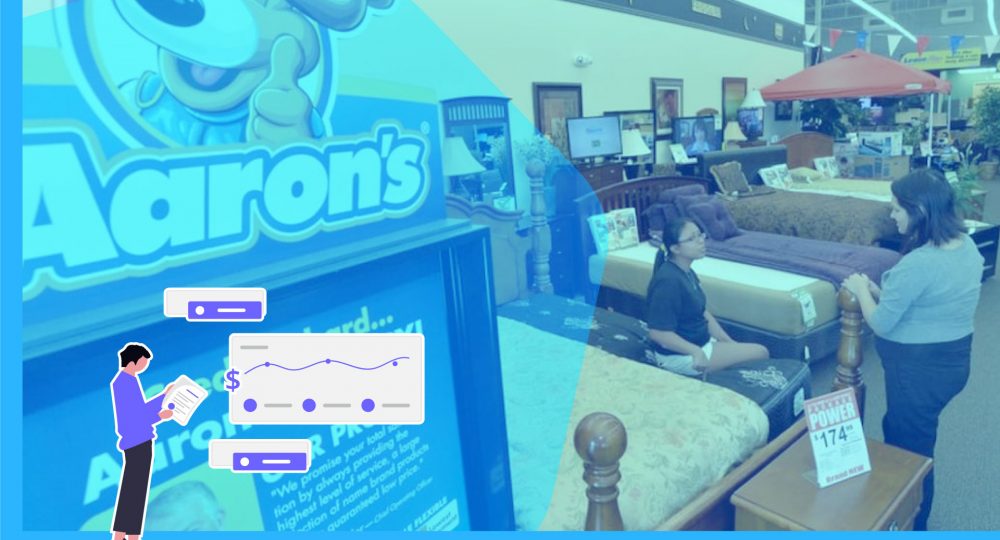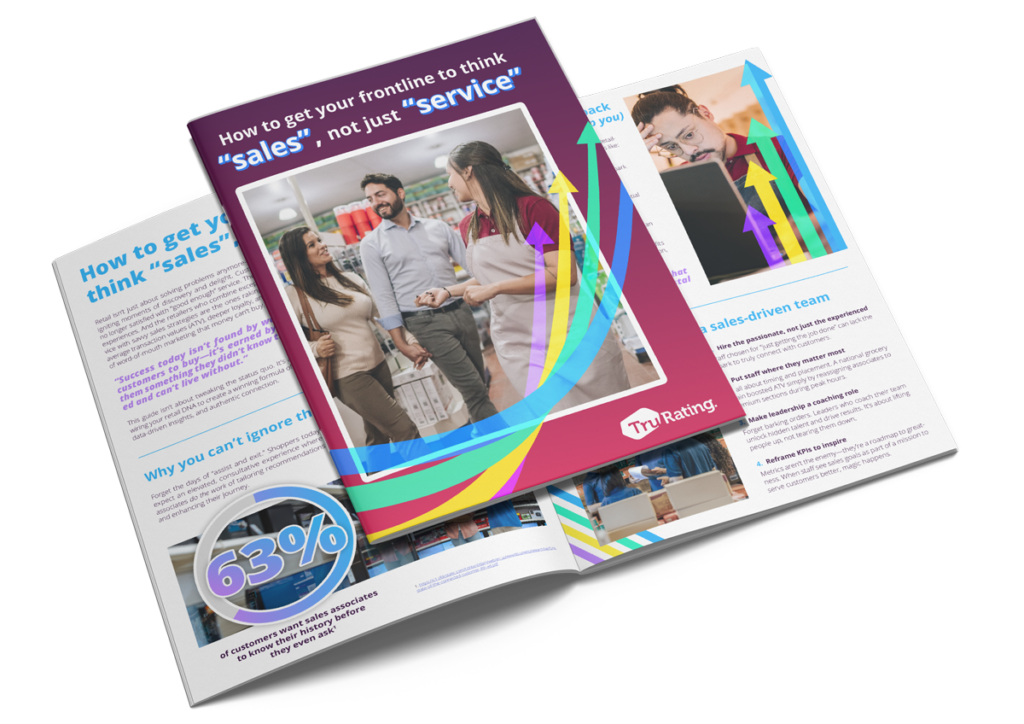It’s been discussed time and time again – online reviews now play a huge part in consumer decision-making. And it’s well-known that fake reviews are a big problem (to the point where law-makers in the US are introducing legislation to combat the issue). Add in the fact that it’s usually the most disappointed or delighted customers that even trouble themselves to leave reviews, and you end up with a morass of unrepresentative feedback.
Less frequently talked about is how much businesses rely on this customer feedback to understand their experience, identify issues and make major decisions. So what happens when only the loudest voices are heard, and the ‘silent majority’ remains mute? The prevalence of “extreme opinion bias” is reshaping perceptions and business strategies like never before.
Extreme opinion bias – a silent crisis?
If you’ve ever browsed online reviews, you’ve likely noticed a trend: they either elicit extremely positive or strikingly negative reactions. On top of that, how do consumers know that the reviews they are browsing through are a) real & b) representative?
As it stands, experts and consumer groups estimate that 30-40% of all online reviews are in fact fake. An entire industry has grown around churning out fake positive reviews to boost businesses, and fake negative reviews to undermine competitors.
Unfortunately, this is far from being the only issue with relying on online reviews. The fact is, most people who are pleasantly satisfied with their experience won’t climb over obstacles to make it known. Pleasant satisfaction is the most prevalent customer experience, but you don’t get to hear about it before taking the plunge. These customers are the ‘silent majority’.
The impact of unrepresentative feedback
The repercussions of extreme opinion bias are significant. For consumers, making informed decisions based on these polarized reviews is a real challenge. For retailers, who are desperate to hear from their customer base to make multi-million-dollar decisions such as investing in new product lines, re-designing store layouts, and even crafting the roadmap for the future of their brand – it’s an even more daunting problem.
Turning up the volume on the silent majority
So, how do retailers ensure they’re basing their decisions on feedback from the silent majority, rather than the loud – and often disgruntled – few?
Traditional methods of collecting feedback require an effort from the customer, whether that’s completing a receipt or email survey online, or even the old-fashioned pen-and-paper method. Customers that take the time and effort to deliver feedback this way have usually got one of two motives: 1) They want to tell the business about an unusually delightful or – more frequently – disappointing experience they’ve had, or 2) They want to enter the prize draw or get the coupon. In the case of 2), it’s hard to rely upon the answers given, as they may just be hitting all the top answers to get through to the end.
The only way for retailers to truly ensure that they’re hearing from the silent majority is to remove as much of the friction from the experience of giving feedback as possible. Make it extremely quick and easy to share our opinions – and it turns out, we love to do it.
Balancing the feedback scales
In fact, TruRating has found that when it’s easy to give feedback, and responses are guaranteed to be anonymous (meaning they won’t be bombarded with marketing), an average 80% of customers will and do share their thoughts.
By incorporating the request for feedback into the existing customer journey, and reducing the friction so that it only takes one button push to answer, we’re able to help retailers AND consumers navigate this skewed landscape and gather feedback and ratings that are representative of their entire customer base – not just the vocal minority.
In conclusion
The silent majority holds valuable insights that businesses and consumers alike need to hear. By addressing the extreme opinion bias and using tools like TruRating, we can bridge the gap between consumer perception and a business’s reality.
Useful resources
- Retail pricing optimization – strategies, models and examples
- Business intelligence in the retail industry – strategies and trends
- The difference between multichannel and omnichannel retailing
- What is a good response rate for customer satisfaction surveys
- Experiential retail – examples and strategies













